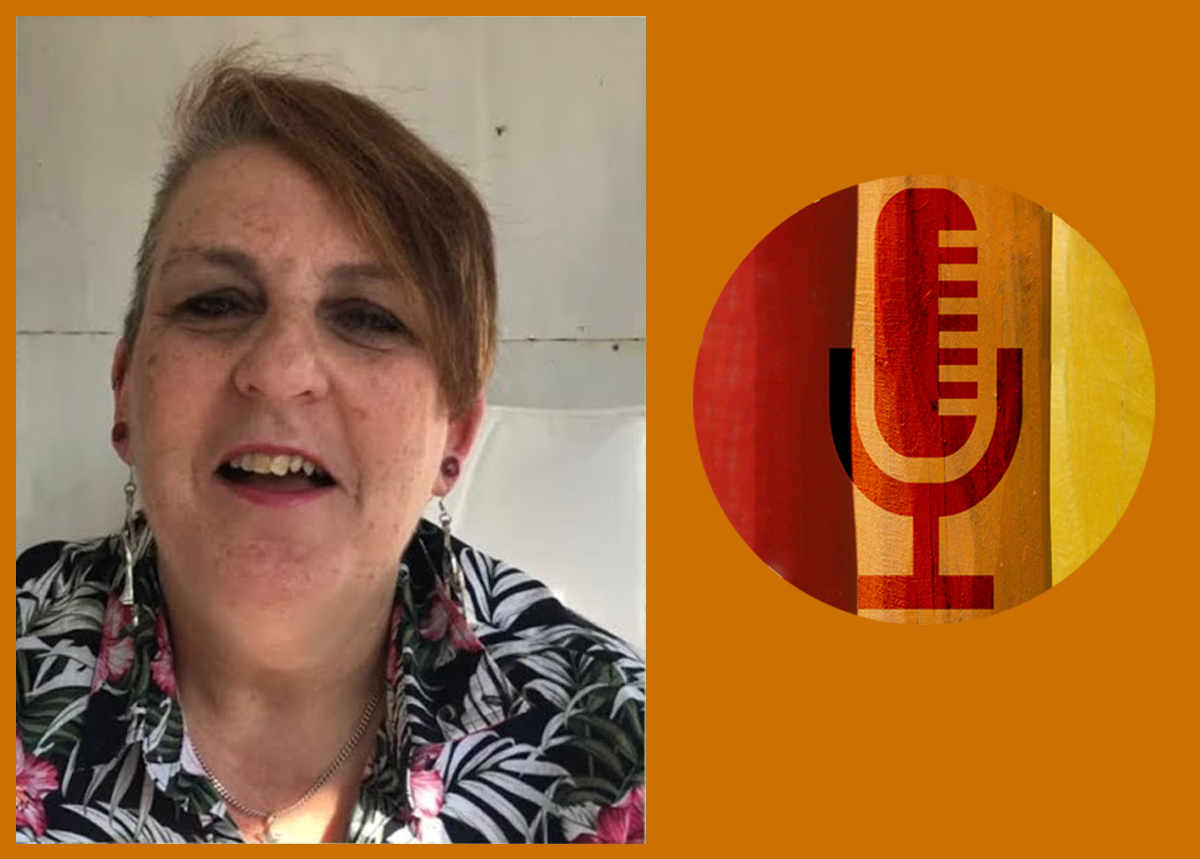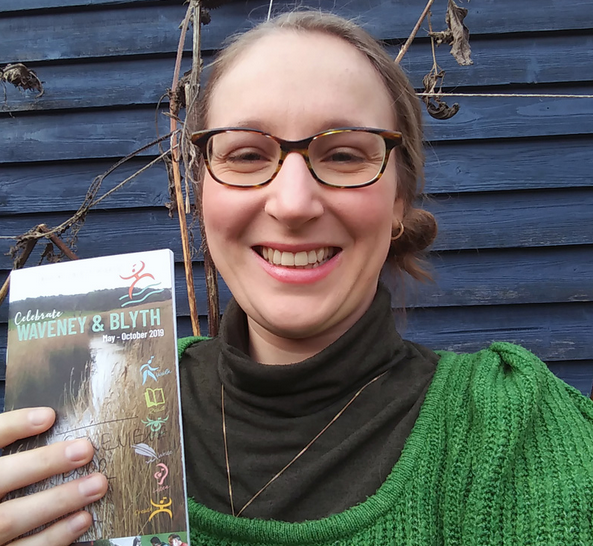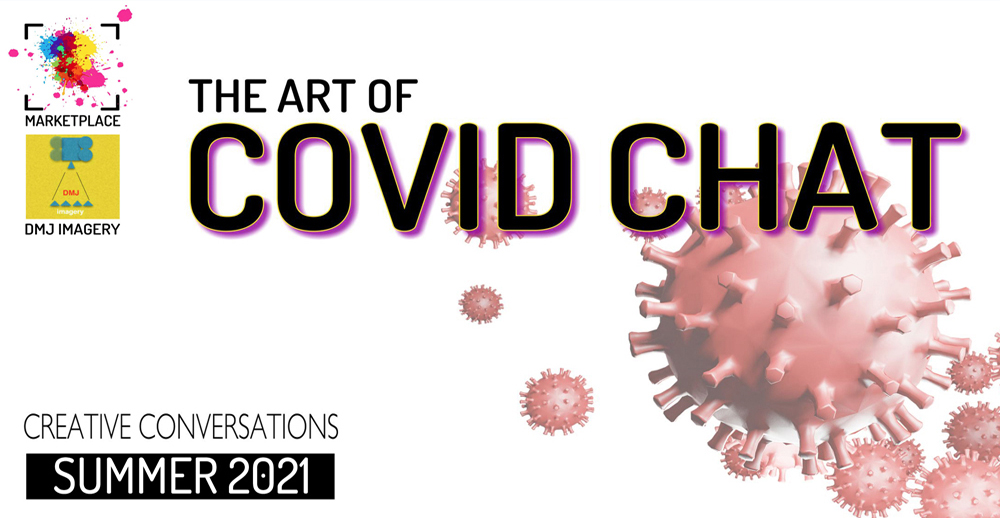Listen to Marian’s podcast episode here.
As we entered lockdown in March 2020, I watched my personal plans for the year fade away with the loss of workshops, events and my first foray into participating in Cambridge Open Studios. I soon realised though that this was an opportunity to reflect on and develop my practice, and to try new ways of creating and delivering.
Lockdown offered me opportunities to explore delivering via video tutorials when Creative People and Places: MarketPlace offered me the chance to make a series of films on art journaling. I have always used recycled materials in my work and sharing ways to create with limited or no specific art materials was an enjoyable experience albeit on a steep learning curve with the video skills element!

Over the summer of 2020, I started to experiment with new techniques, things I’d wanted to try but never found the time for. Some of the many techniques I tried included eco dyeing, making charcoal, natural weaving, anthotypes, and making natural glues and inks. A lot of these techniques have helped me in my ongoing process of greening my arts practice, making it more eco-friendly, and reducing the carbon footprint of my work, materials and processes.

Marian experimenting with beetroot ink. 
Marian experimenting with eco dyeing.
Another joy of lockdown was being able to attend online workshops from across the world which would not have been possible in real life. I learned about different artists, watched lectures on art history and created art in lots of different media including drawing, collage, painting, stitching, and paper folding. I have also had more time to collaborate with artists both in the UK and the USA, working on round robin altered books and collage projects.

Lockdown has been difficult in a lot of ways, of course, and I knew making art and being creative would help me through it but I never anticipated that it would offer me so much time and space for creative exploration and learning, open new trains of thought for projects and artwork and allow me to extend my understanding of my practice and processes. Covid-19 has changed many things for me and now the world is inching towards a new normal, I find myself grateful for what the last eighteen months has taught me and given me.
Written by artist, Marian Savill.
Links:
- www.mariansavill.co.uk
- Instagram: @maz42
- Twitter: @mariansavill
- Facebook: Marian Savill Mixed Media Artist


















